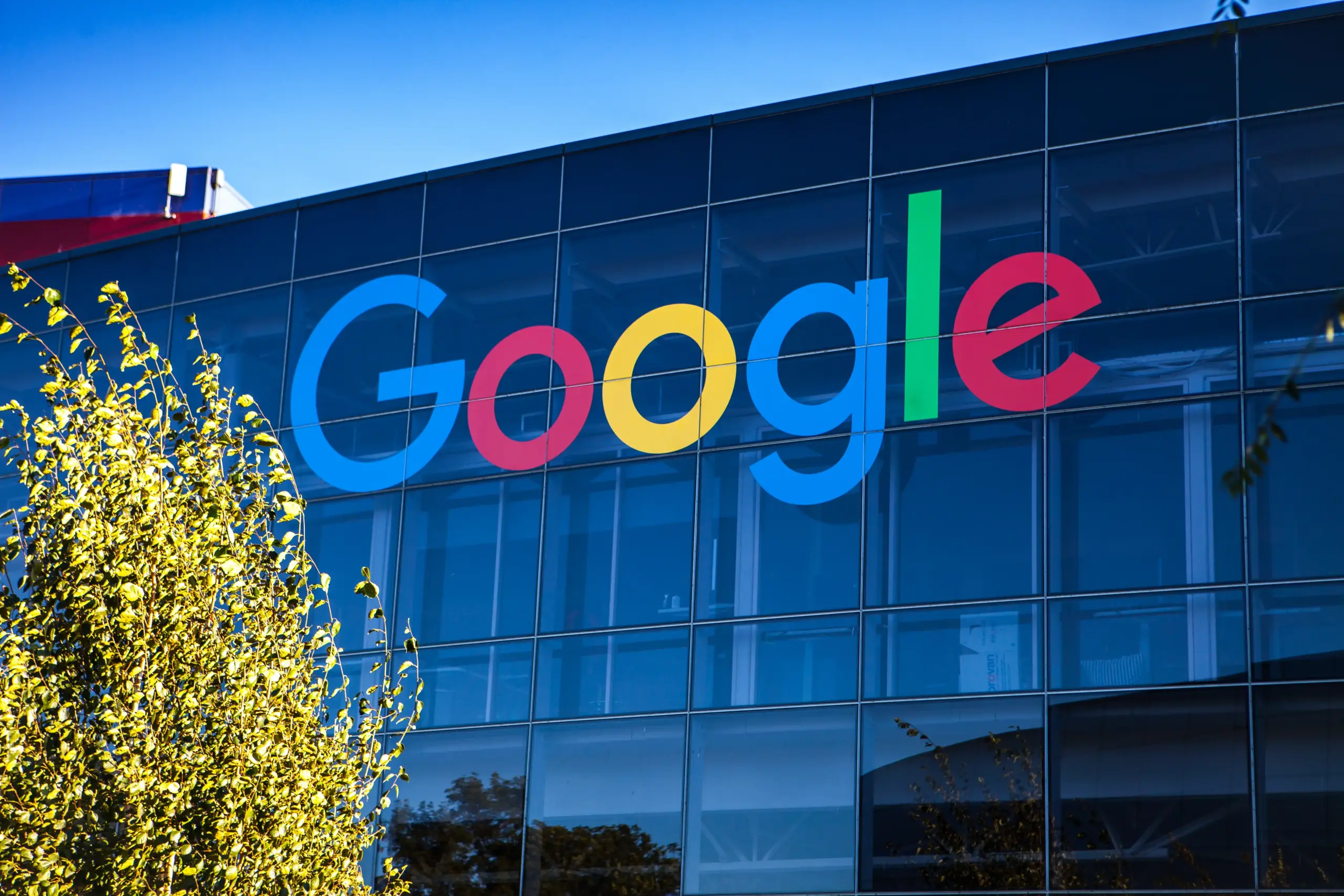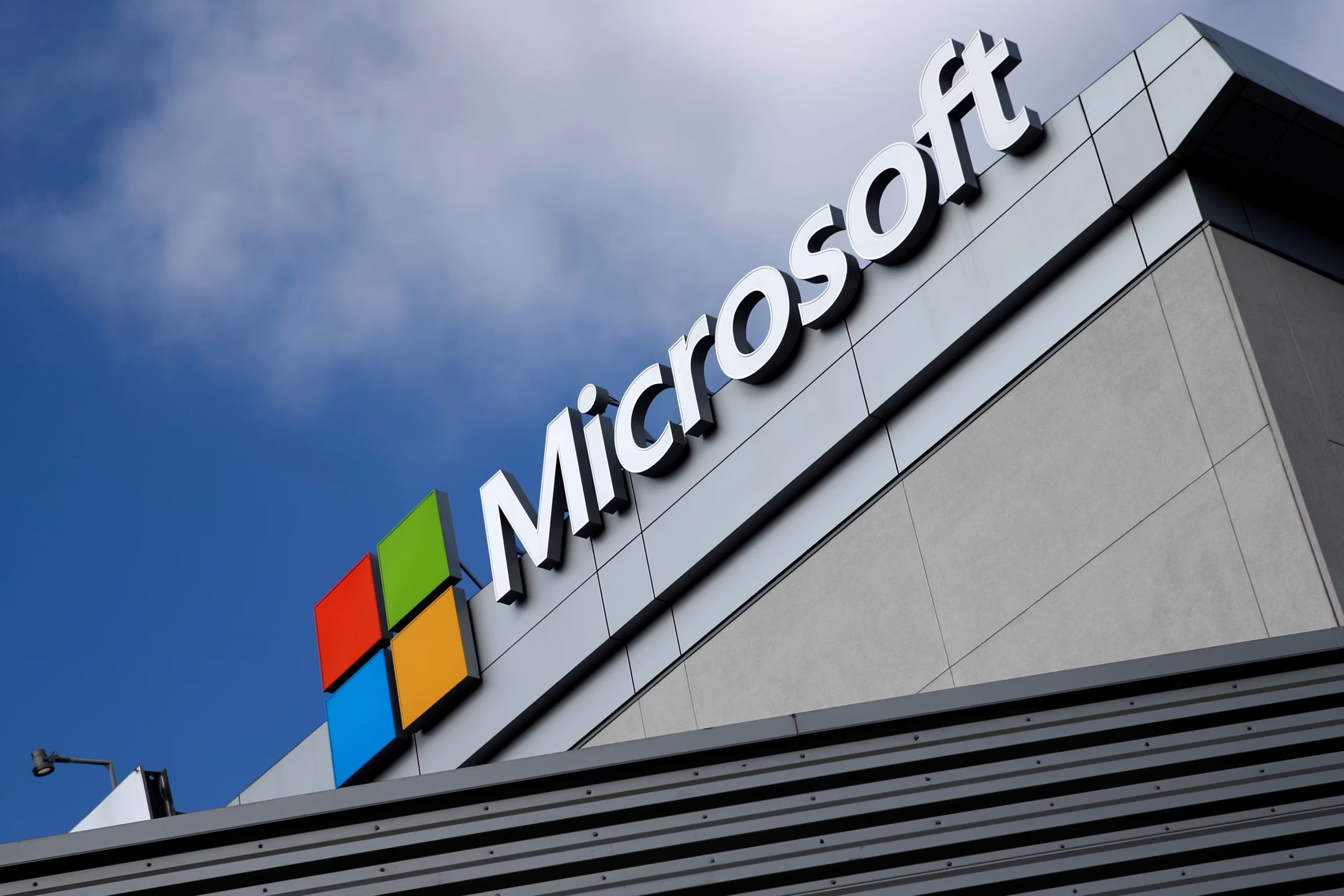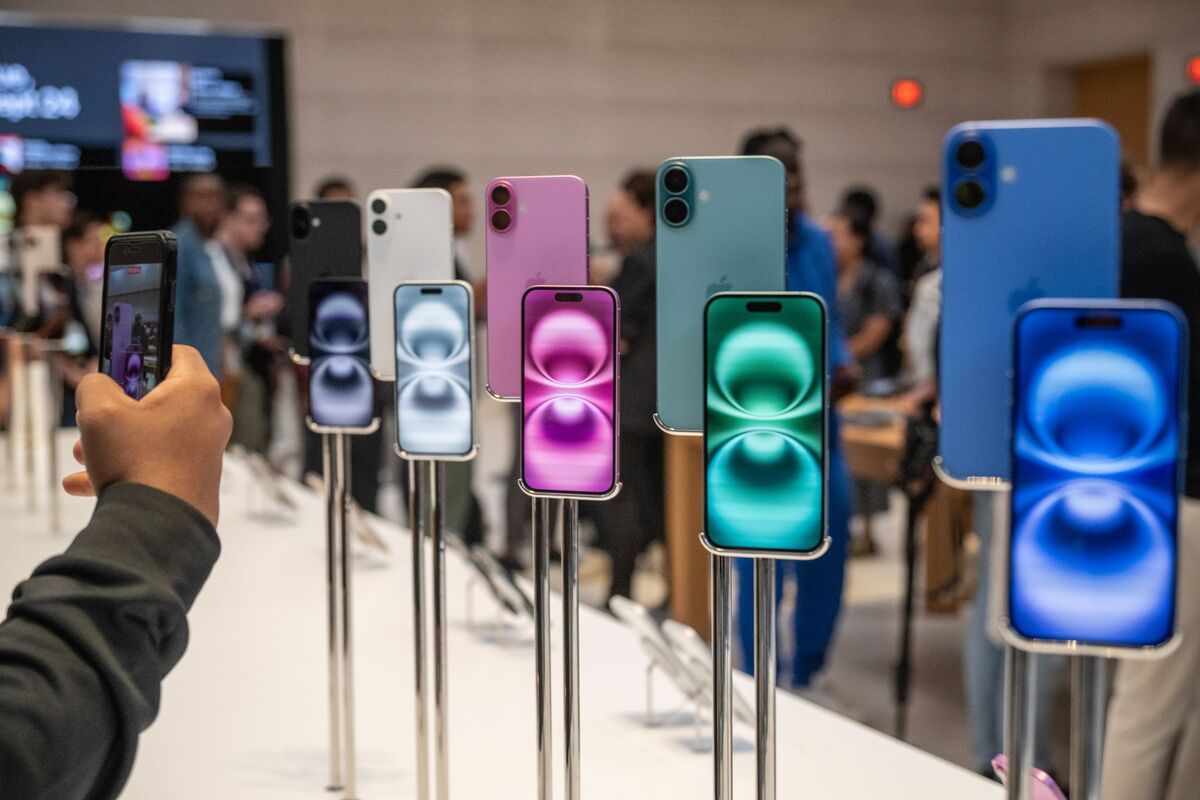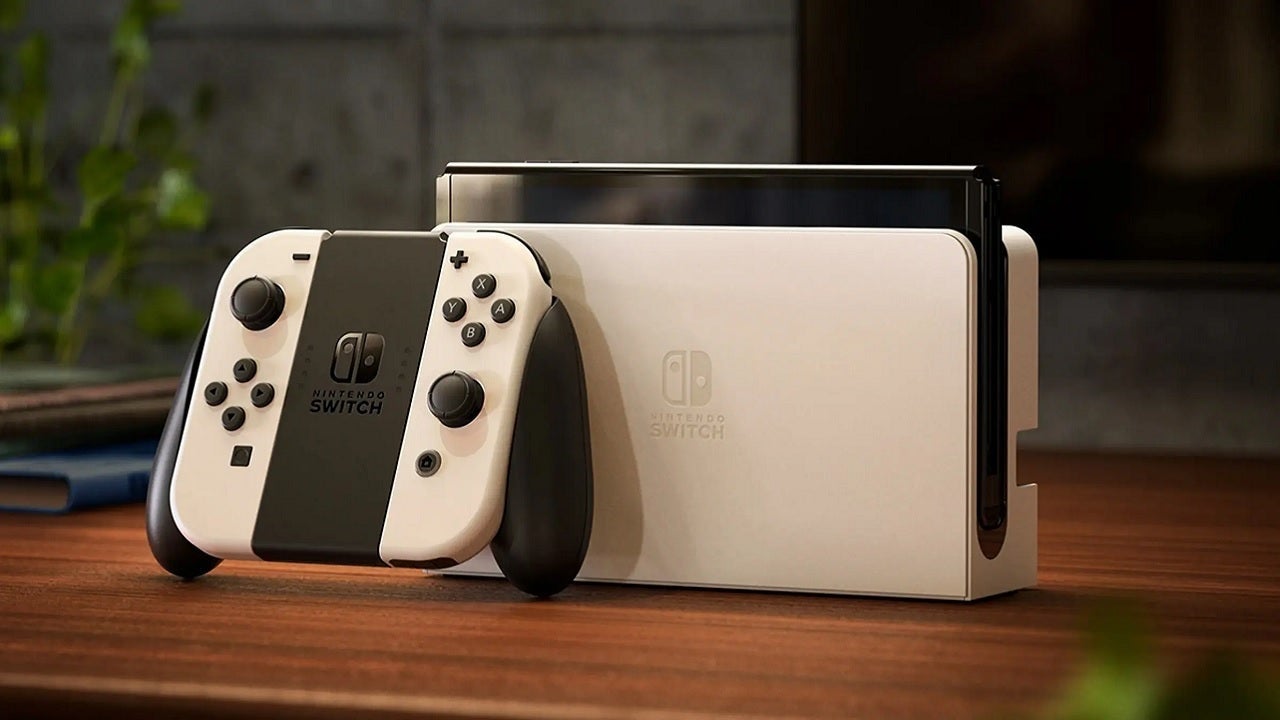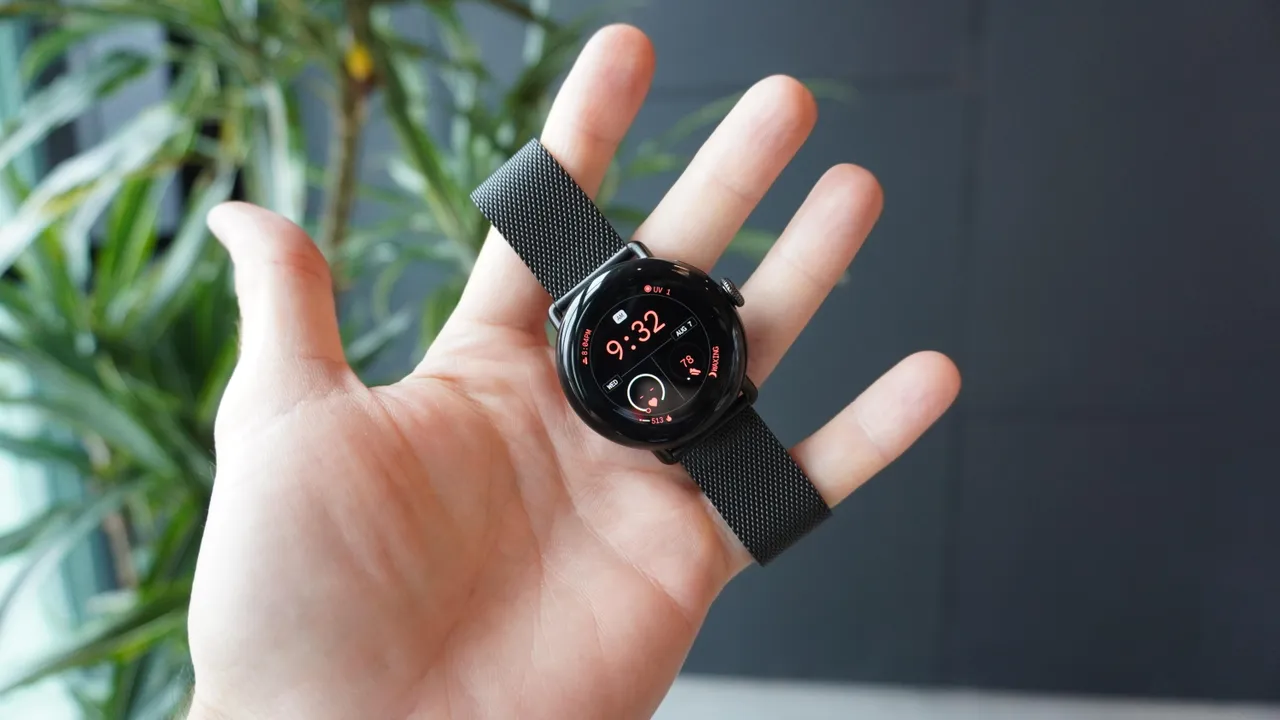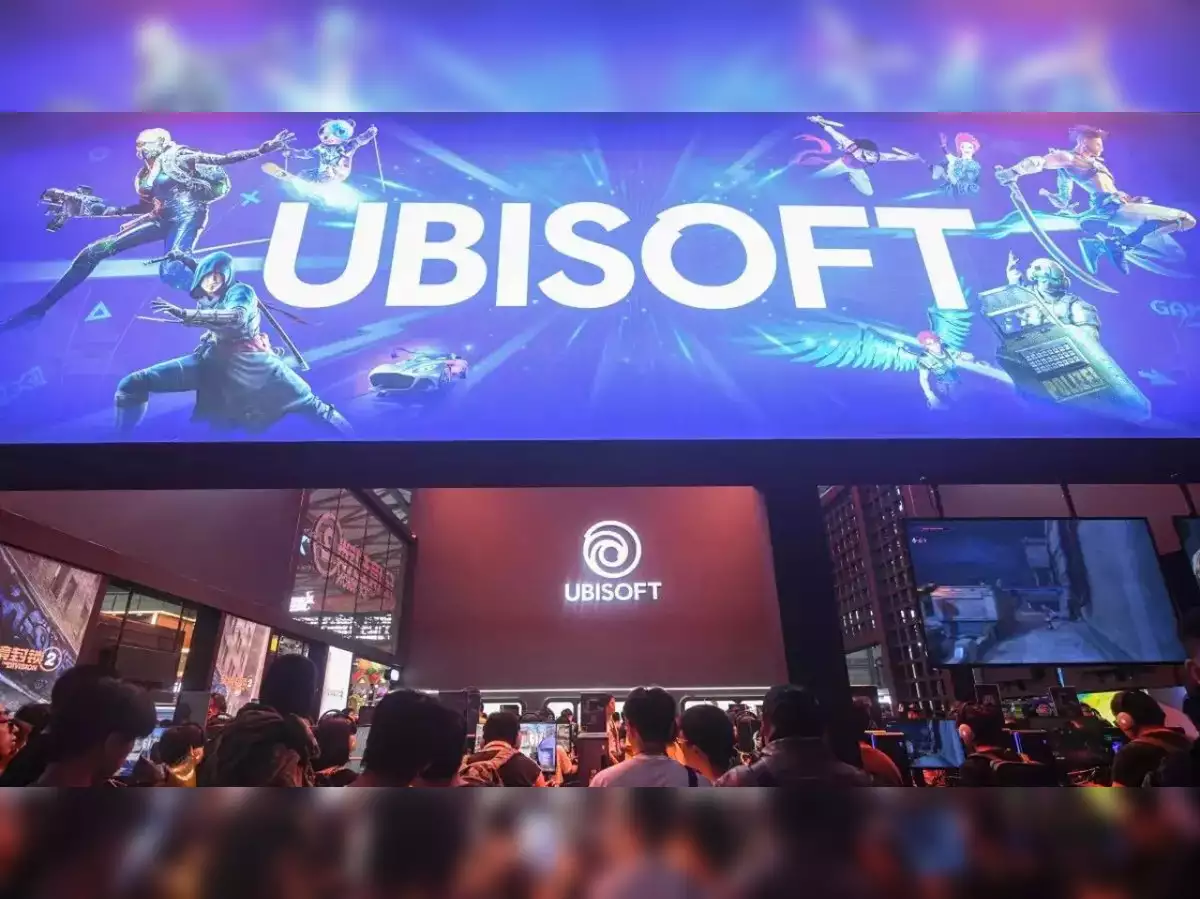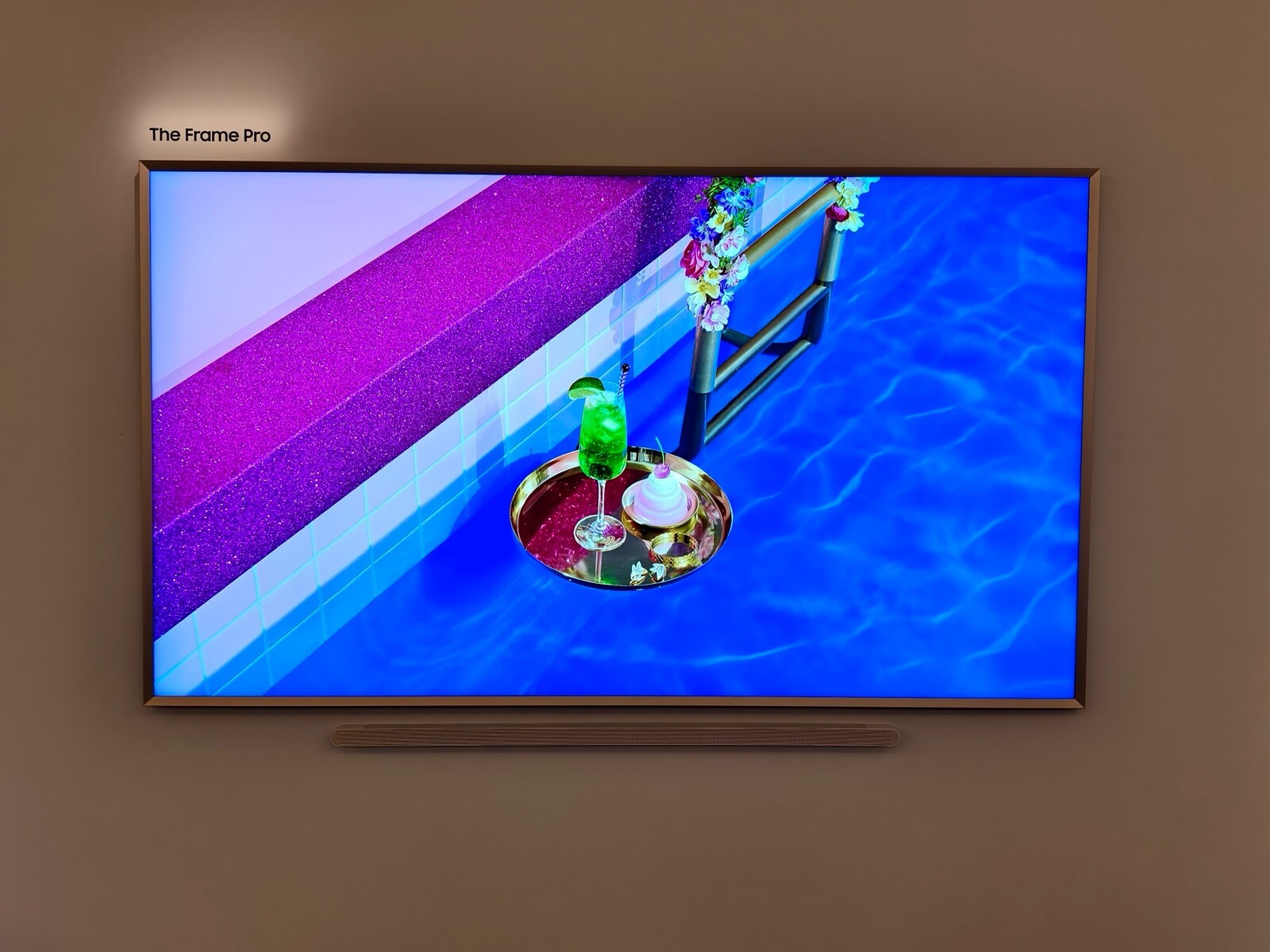Apple’s iMessage has become a ubiquitous messaging platform, instantly recognizable by its signature blue bubbles. However, this exclusivity has also created a stark divide between iPhone users and those on Android devices, who receive messages in less visually appealing green bubbles. While this distinction may seem trivial, it reflects a deliberate strategy on Apple’s part, one that serves several key purposes.
Key Highlights:
- Apple’s iMessage exclusivity creates a sense of exclusivity and brand loyalty among iPhone users.
- The blue bubble distinction encourages users to switch to iPhones to enjoy seamless messaging experiences.
- Apple’s focus on proprietary technology rather than adopting RCS (Rich Communication Services) standards maintains its control over the messaging ecosystem.
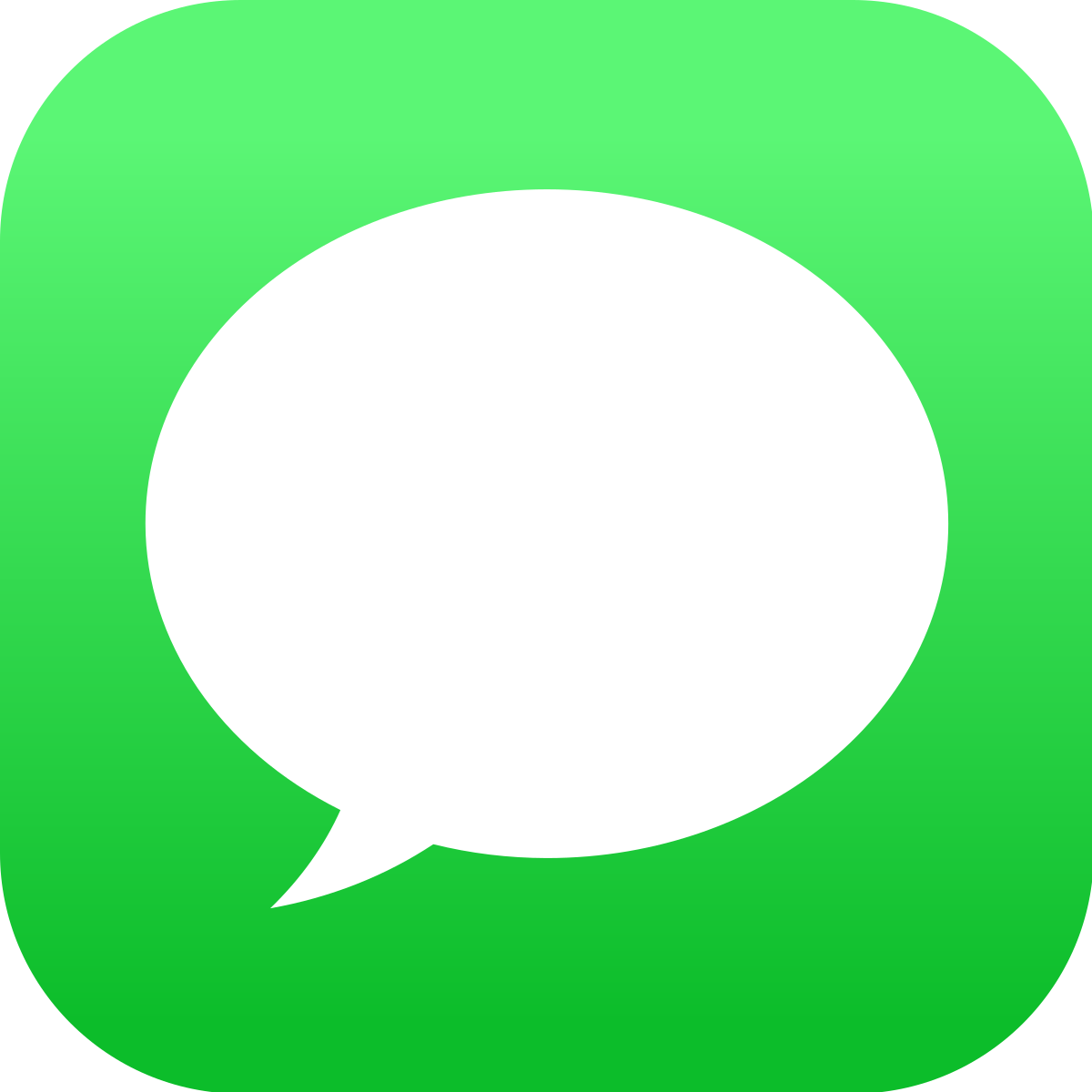
The Allure of Exclusivity
Apple has cultivated a brand image that revolves around sleek design, premium features, and a sense of exclusivity. iMessage plays a significant role in reinforcing this perception. By limiting the platform to iPhone users, Apple creates a sense of belonging and privilege among its customers. This exclusivity makes iPhone users feel like they are part of a special club, enjoying a superior messaging experience that is unavailable to others.
Encouraging Platform Switching
The iMessage divide also serves as a powerful marketing tool for Apple. When non-iPhone users engage with iPhone users via text messages, they are constantly reminded of the limitations of their own devices. The green bubble serves as a visual cue that they are missing out on a more enhanced messaging experience. This can subtly nudge non-iPhone users to consider switching to Apple’s platform in order to enjoy seamless communication with their iPhone-using friends and family.
Maintaining Control over the Messaging Ecosystem
Apple’s reluctance to adopt Rich Communication Services (RCS), a standardized messaging protocol supported by Android devices, is another strategic move. RCS offers many of the same features as iMessage, including high-quality video and audio sharing, read receipts, and typing indicators. However, by sticking with its proprietary technology, Apple maintains complete control over the iMessage ecosystem. This allows the company to dictate the messaging experience for its users, ensuring that it remains consistent and aligned with Apple’s overall brand image.
Maintaining the Status Quo
In the realm of messaging, Apple’s strategy has been remarkably successful. iMessage has become an integral part of the iPhone experience, and the blue bubble distinction has become a recognizable symbol of status and exclusivity. While this approach has drawn criticism for its potential to fragment the messaging landscape, Apple appears content to maintain the status quo, as it aligns with the company’s focus on brand loyalty, platform switching, and maintaining control over its messaging ecosystem.
Apple’s iMessage exclusivity, marked by the blue bubble distinction, is not merely a technological quirk; it is a deliberate strategy that serves several key purposes. By fostering a sense of exclusivity, encouraging platform switching, and maintaining control over the messaging ecosystem, Apple has positioned iMessage as a powerful tool for brand reinforcement and customer retention. While this approach has its critics, it has undoubtedly contributed to Apple’s success in the mobile market.

